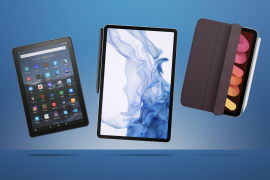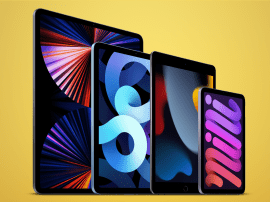Xiaomi 14 Ultra review: photographic phenomenon
Some of the best camera hardware you'll find on any phone

Stuff Verdict
The Xiaomi 14 Ultra’s camera hardware sets a new bar for phone photography, and it’s a stunner in virtually every other aspect too.
Pros
- Brilliantly capable quad camera setup
- Outstanding performance
- Photography kit is a must-buy for keen snappers
Cons
- It’s a mighty pricey handset
- Other flagships have slightly better battery life
Introduction
According to Xiaomi, this is what peak cameraphone looks like. The Xiaomi 14 Ultra is an uncompromising, photography-first flagship smartphone, which has the hardware to give any established rival serious cause for concern. And with Leica assisting with the image processing smarts, there’s really little else like it. I’m stoked that it has actually launched outside of China; the firm’s last Ultra effort was limited to home turf only.
Rivals talk a big game when it comes to camera hardware, but none can be had with dedicated accessories that add physical controls or filter threads for pro-grade results. The optional Photography Kit is a big part of the phone’s appeal, although it’s absolutely not a one trick pony either. Top-tier Snapdragon silicon, a beefy battery, and a blindingly bright display should give Apple and Samsung shoppers pause for thought.
After using one as my main device for the past few weeks, I’m convinced the Xiaomi 14 Ultra should be near the top of every phone photographer’s shopping list.
How we test smartphones
Every phone reviewed on Stuff is used as our main device throughout the testing process. We use industry standard benchmarks and tests, as well as our own years of experience, to judge general performance, battery life, display, sound and camera image quality. Manufacturers have no visibility on reviews before they appear online, and we never accept payment to feature products. Find out more about how we test and rate products.
Design & build: all about that bump
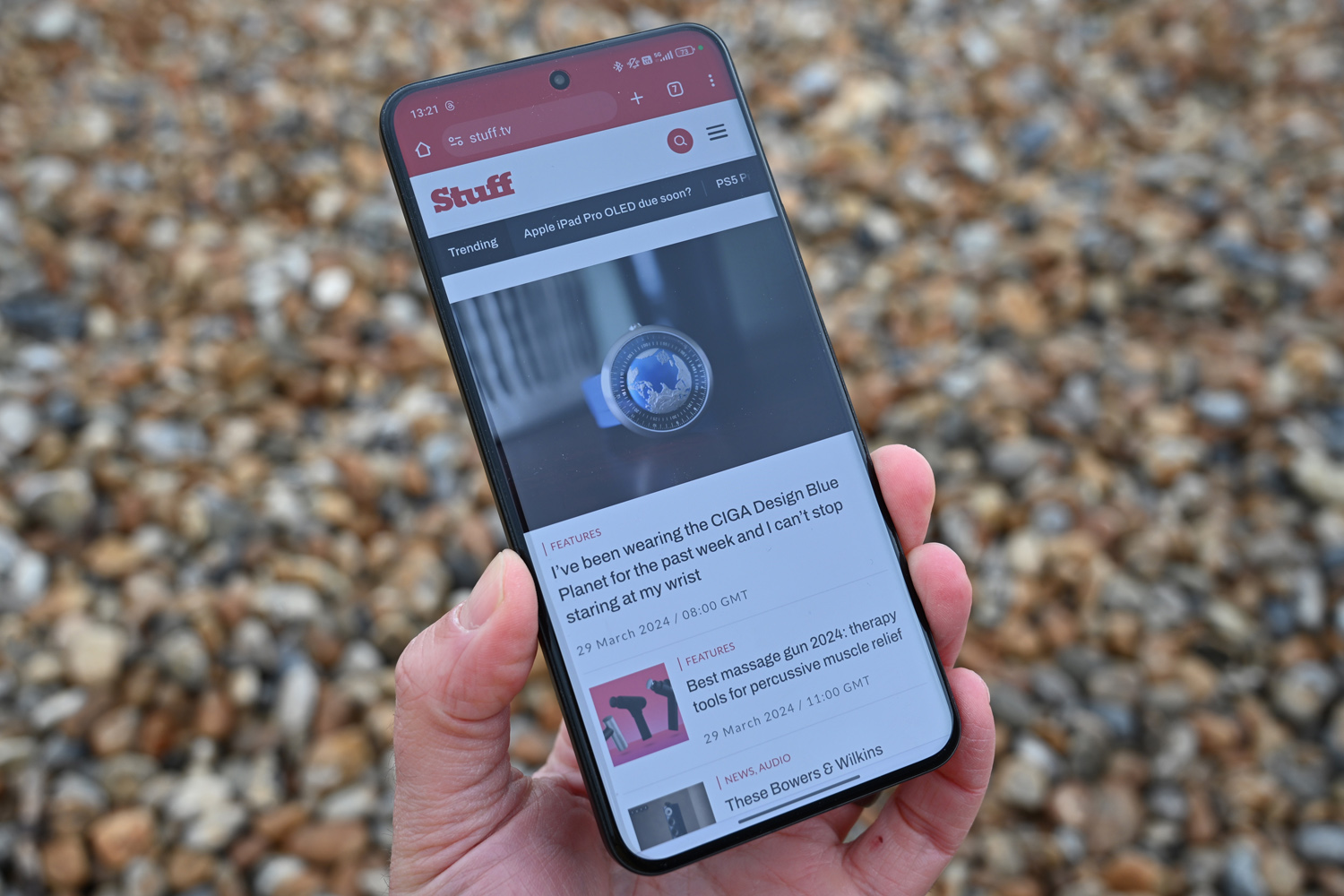
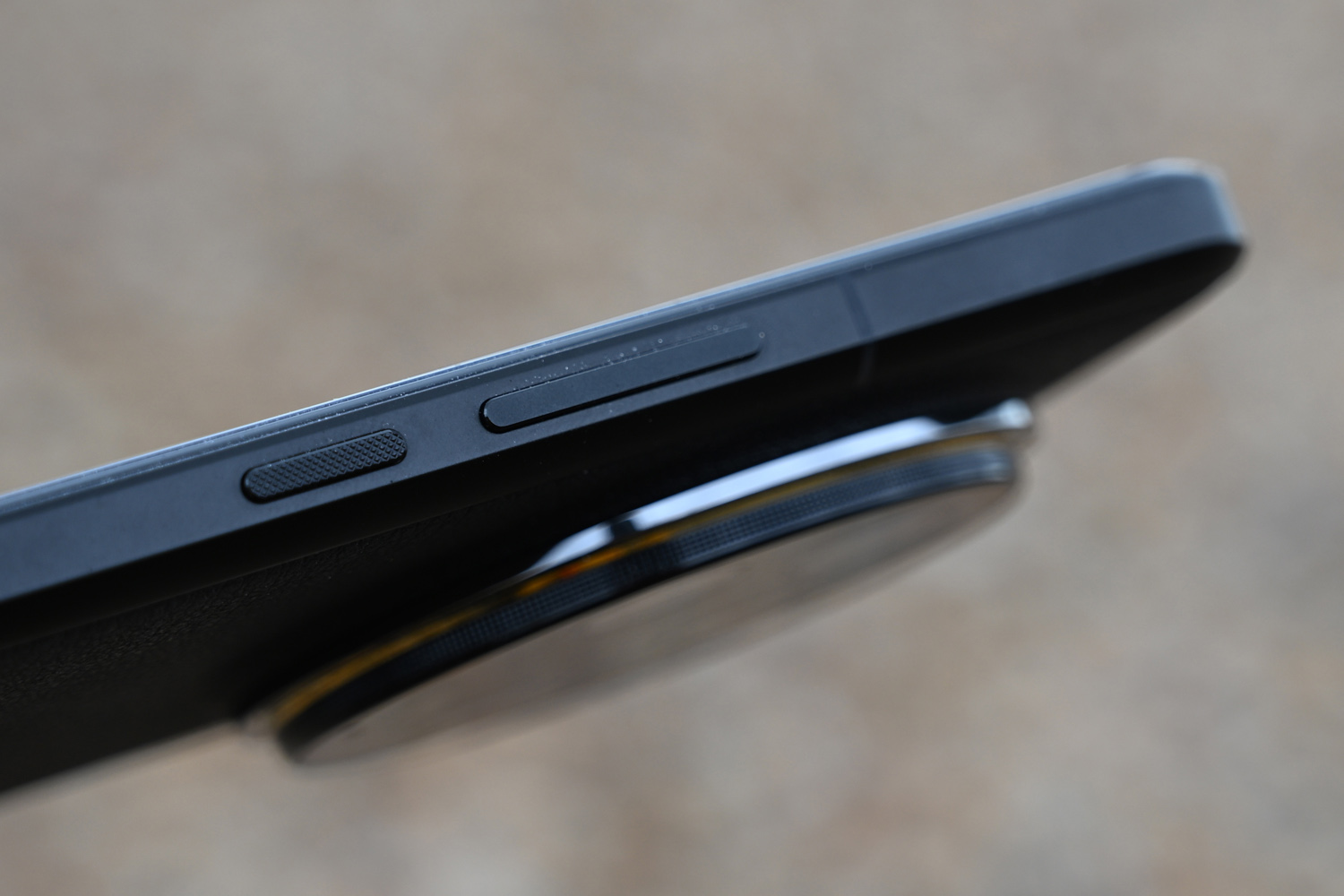
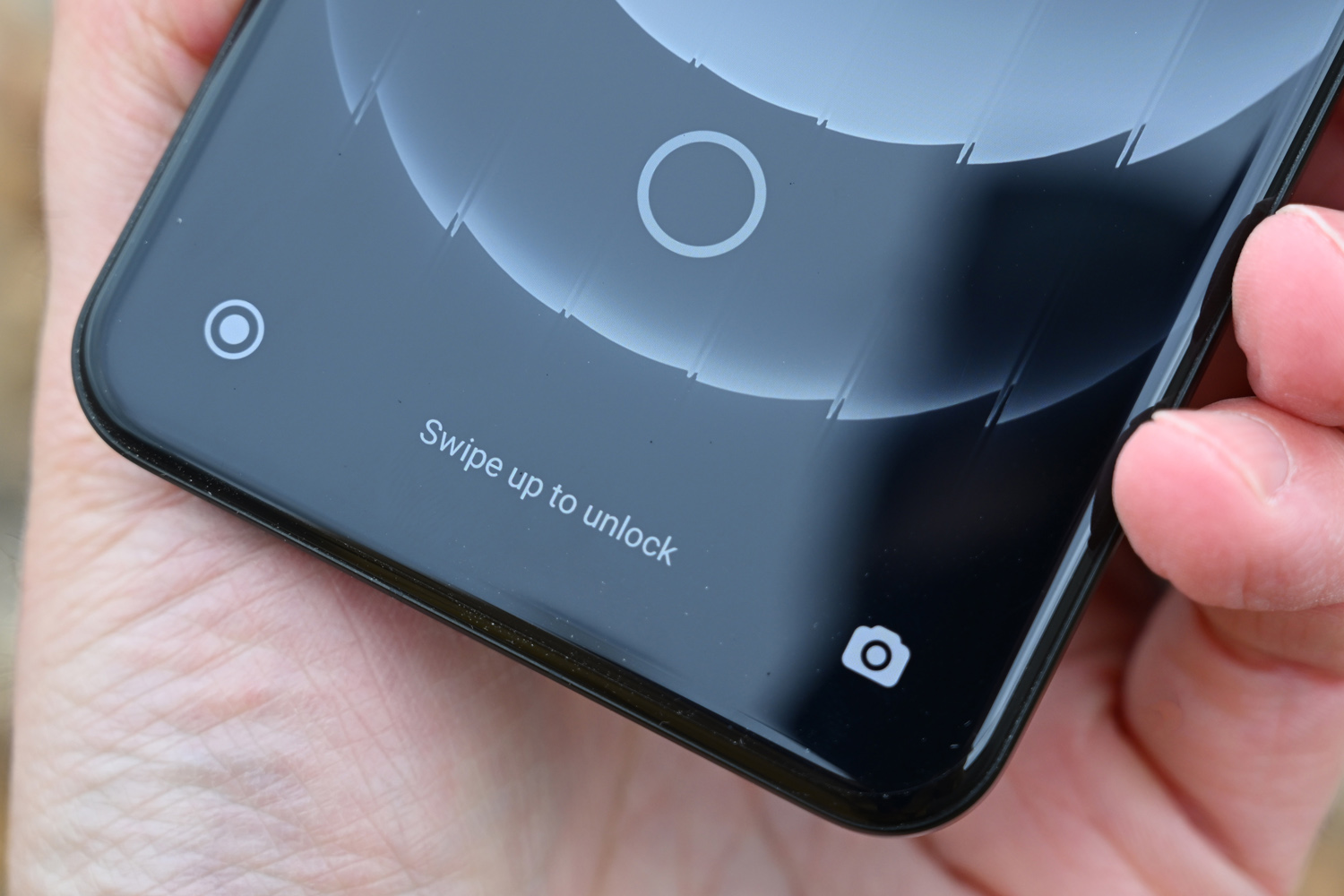
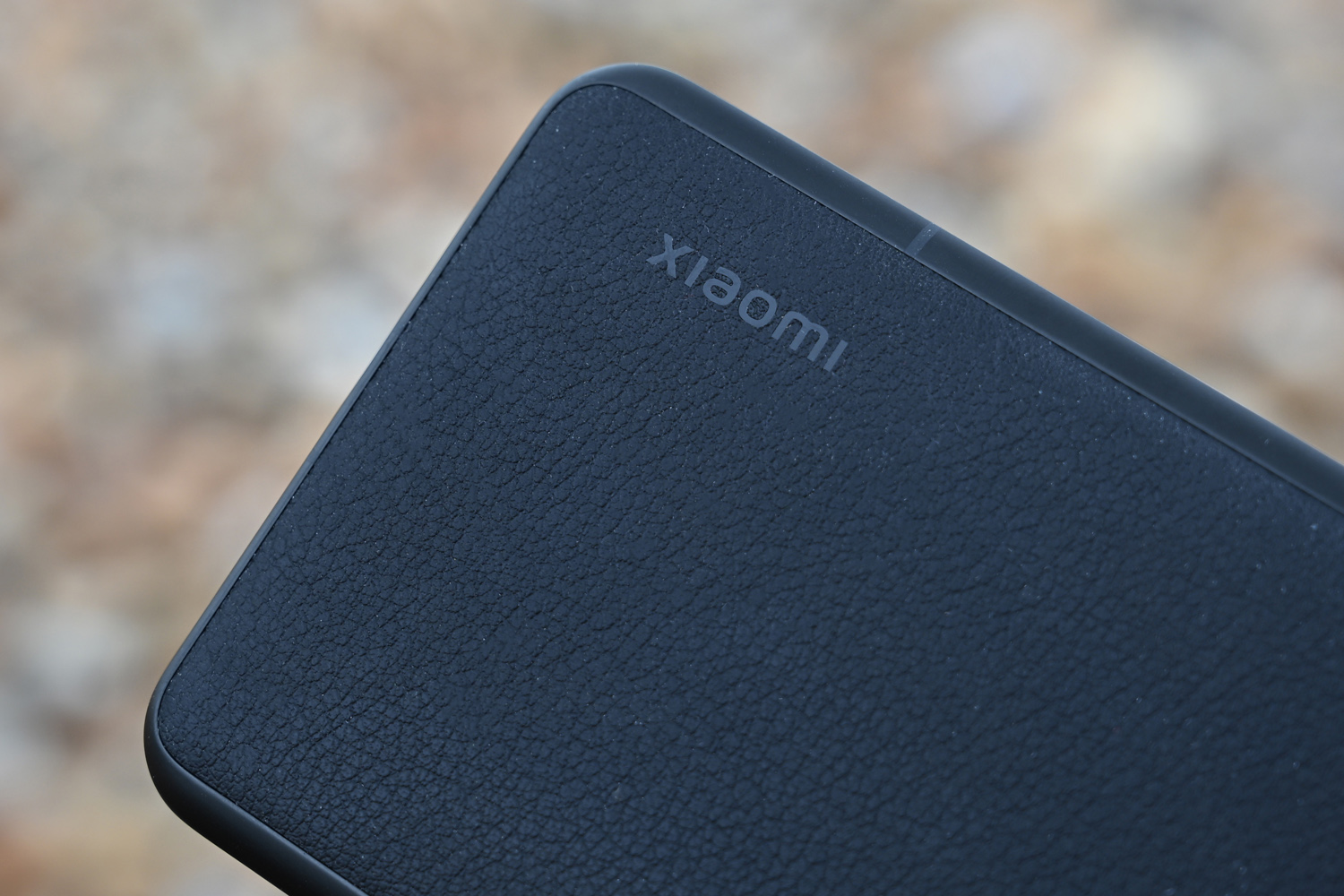
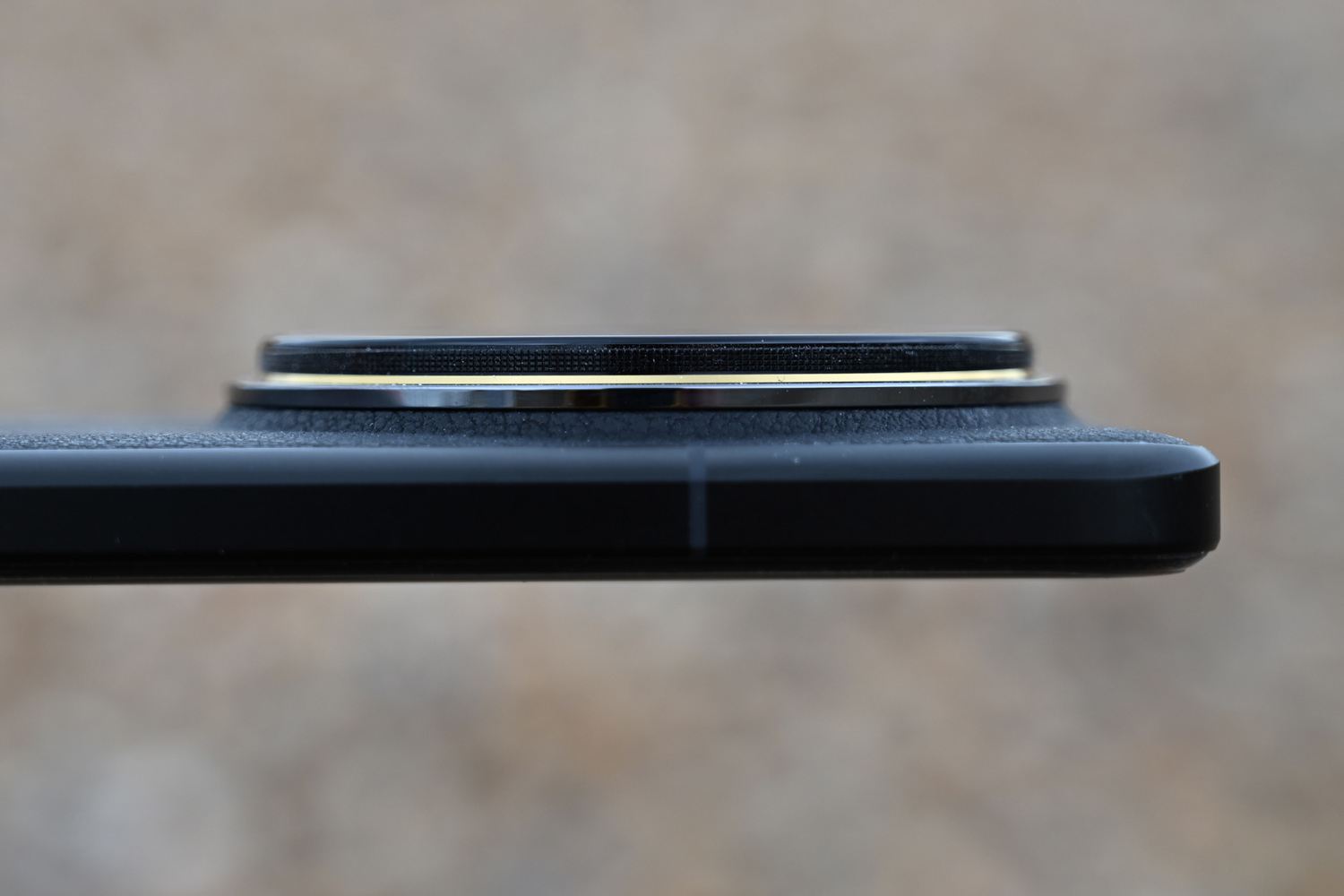
The 14 Ultra is an evolution of last year’s Xiaomi 13 Ultra on the styling front. It keeps the vegan leather rear, which was inspired by Lecia’s iconic M-series cameras and should help hide light scratches in a way no glass panel can. It’s tougher than the 13 Ultra’s synthetic leather, and didn’t show any permanent marks during my multiple weeks of testing. It feels wonderfully grippy, too.
The mid-frame is milled from a single block of aluminium, which promises extra rigidity this time around. The matte finish on my black review unit’s metal made it look rather mean, with the gold trim around the rear camera module being the only colour flourish. I’m a big fan of the White version, which uses a lighter shade of aluminium for the frame and creates a striking contrast with the black camera module. Xiaomi is keeping the other colour options, and the titanium special edition, exclusive to China.
That circular camera bump absolutely dominates proceedings at the rear; it’s even larger than last year’s effort, and sticks out a bit further as well – though not so much it snagged whenever I slipped the phone into my pocket.
The 14 Ultra is IP68 dust and water resistant, as I’d expect from any current flagship phone. It hasn’t fully embraced the 2024 trend for flat displays, though. Instead Xiaomi calls the front panel an “All Around Liquid display”, which basically means the glass is lightly curved at all four sides. The bezels are satisfyingly slim, and everything is protected by bespoke Xiaomi Shield Glass. The firm reckons it’s especially scratch resistant, and it showed no sign of even light scrapes during my testing. It doesn’t have the uncanny reflection-absorbing properties seen on the Samsung Galaxy S24 Ultra‘s Corning Gorilla Armor glass, though.
The phone feels satisfyingly dense, tipping the scales at almost 230g before you add the Photography Kit’s protective case and battery grip. It’s on par with other big-screen flagships, and about as easy to use one-handed. The under-display fingerprint sensor sits a decent way up from the phone’s bottom edge, and was always quick to accurately recognise my digits. Face unlocking is on board too, but only for skipping the lock screen rather than authorising banking apps.
Screen & sound: when is curved not curved?
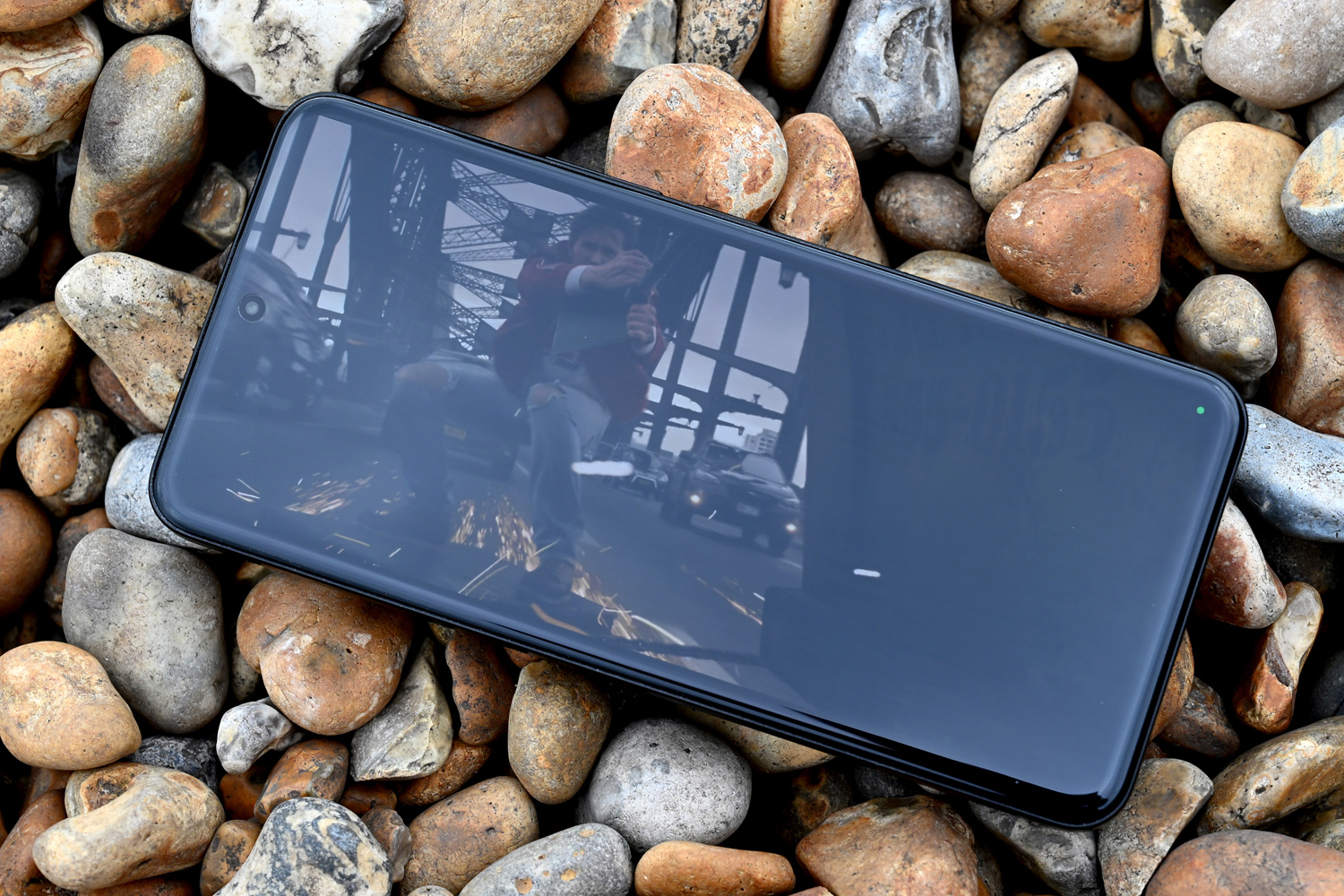
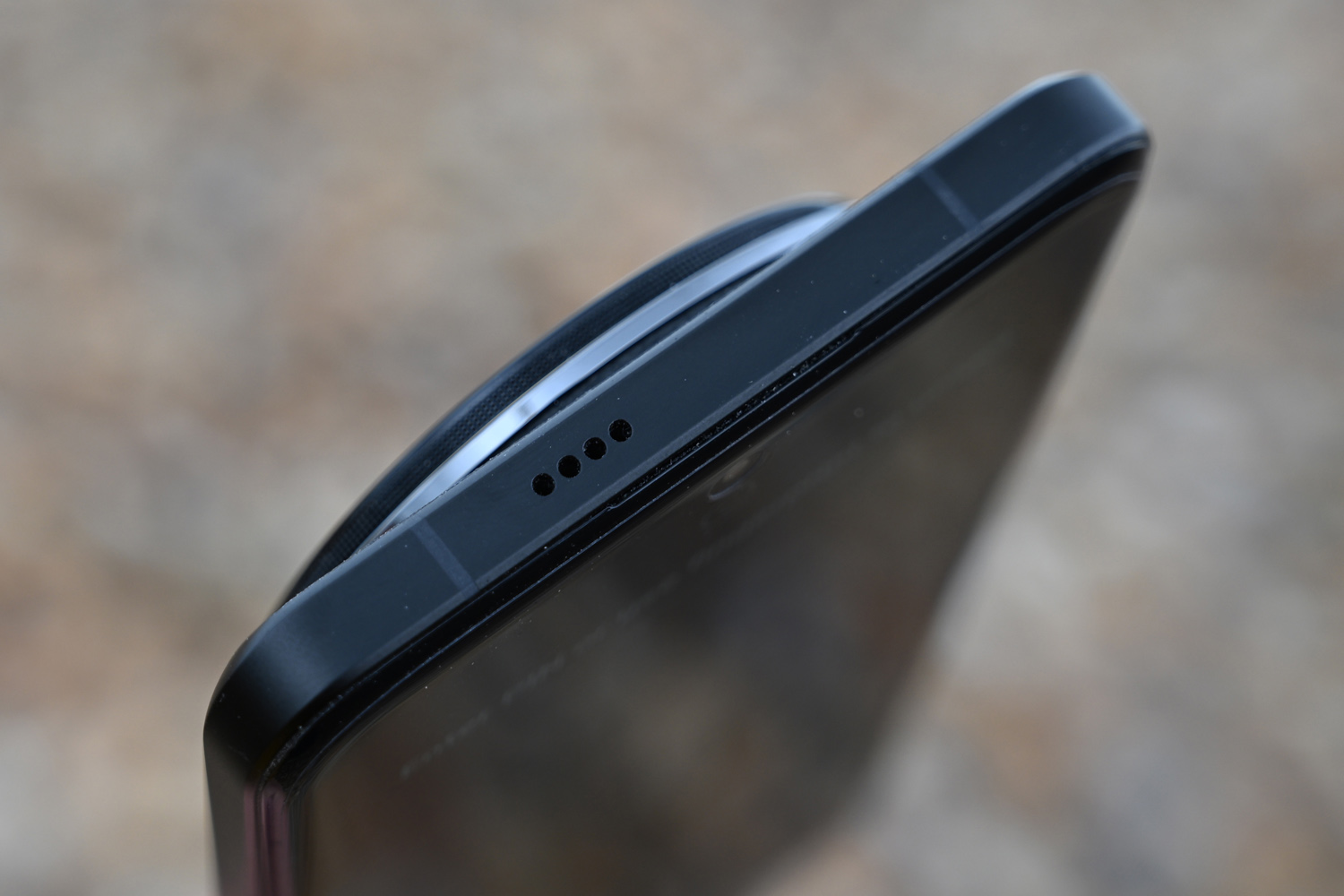
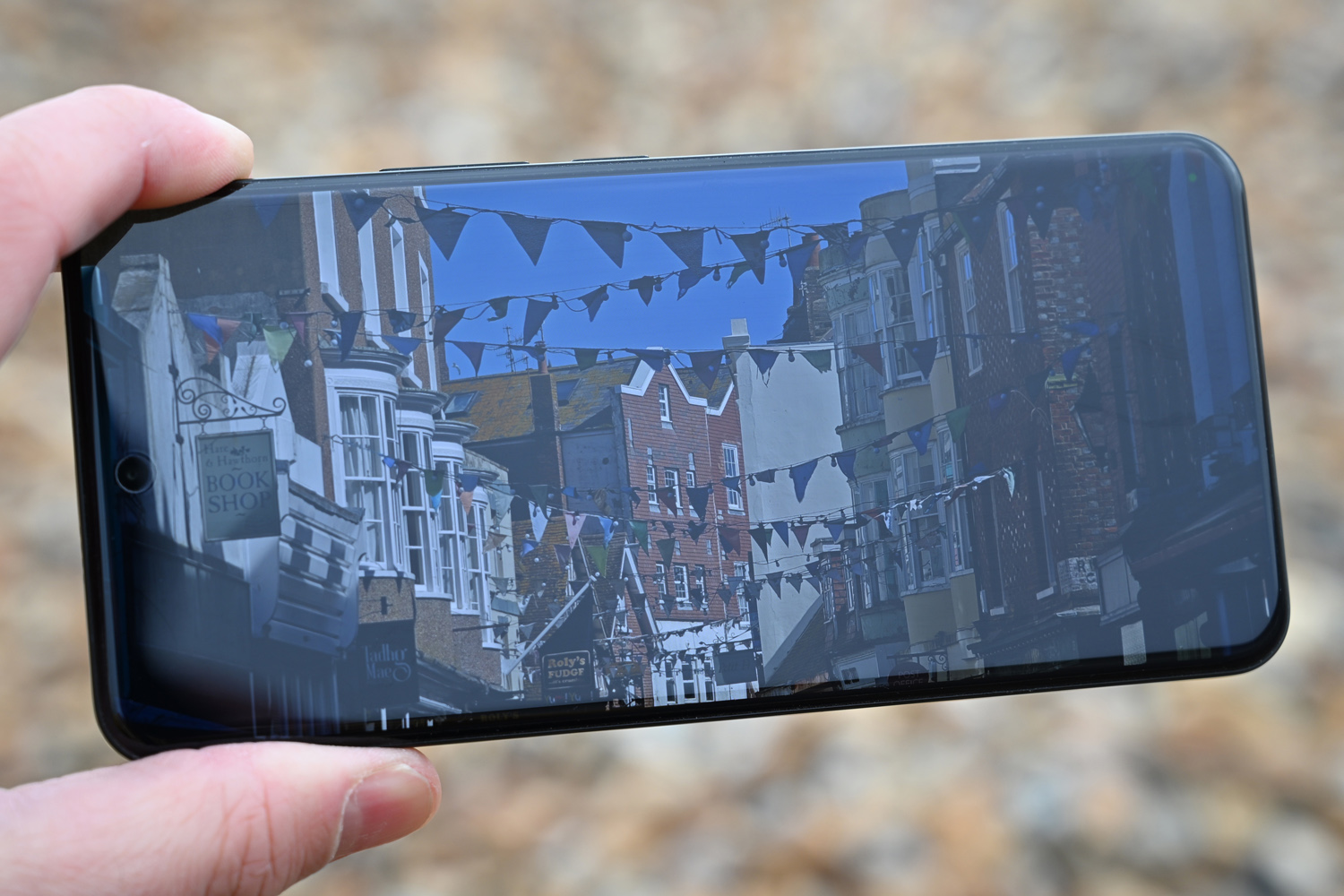
With the 14 Ultra, I think Xiaomi has found an ideal middle ground between flat glass (which is all the rage right now in rival flagships) and curved-edge panels. There are no uncomfortable sharp edges, with the glass flowing neatly into the mid-frame, but equally there are no usability or visibility issues on account of the very, very subtle curvature.
The underlying panel is a 6.73in AMOLED of top quality, with a very detailed 3200×1440 resolution, 1-120Hz LTPO adaptive refresh rate, and Dolby vision support. Scrolling was delightfully smooth, and both images and videos looked pin-sharp. Officially it’ll nudge close to 3000 nits peak brightness for HDR content, though only on a small portion of the screen at any one time.
Streaming videos certainly had plenty of punch, and colours looked exactly the sort of vibrant and zingy that I’ve come to expect from AMOLED. Xiaomi continues to offer an extensive number of ways to customise it to your own tastes, with multiple colour modes, a colour temperature wheel and individual RGB sliders. I wish more manufacturers gave this much control over their screens.
While it kicks out more than enough light to be perfectly visible outdoors when using High Brightness Mode, the Xiaomi 14 Ultra is a little more conservative than some rivals. I never had to take my sunglasses off to read incoming messages, but the iPhone 15 Pro Max and Google Pixel 8 Pro are brighter still.
The down-firing speaker and earpiece tweeter gave me nothing to grumble about, being as loud and as clear as any of the current crop of flagship phones. Think “I’ll watch that YouTube video without headphones” rather than “let’s get the party started” volume. Only the Galaxy S24 Ultra shouts louder, and then only just.
Camera hardware and Photography Kit: the main event
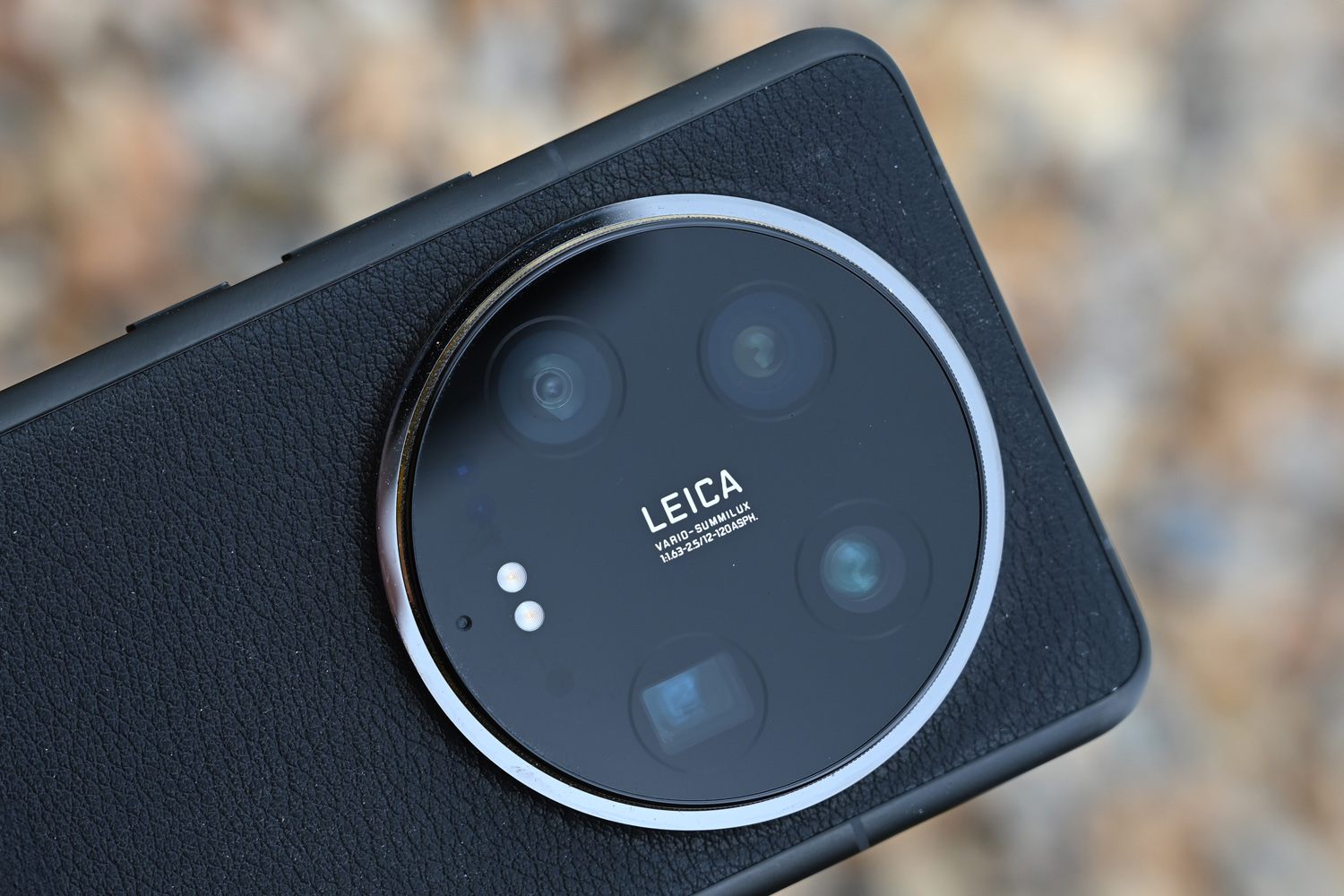
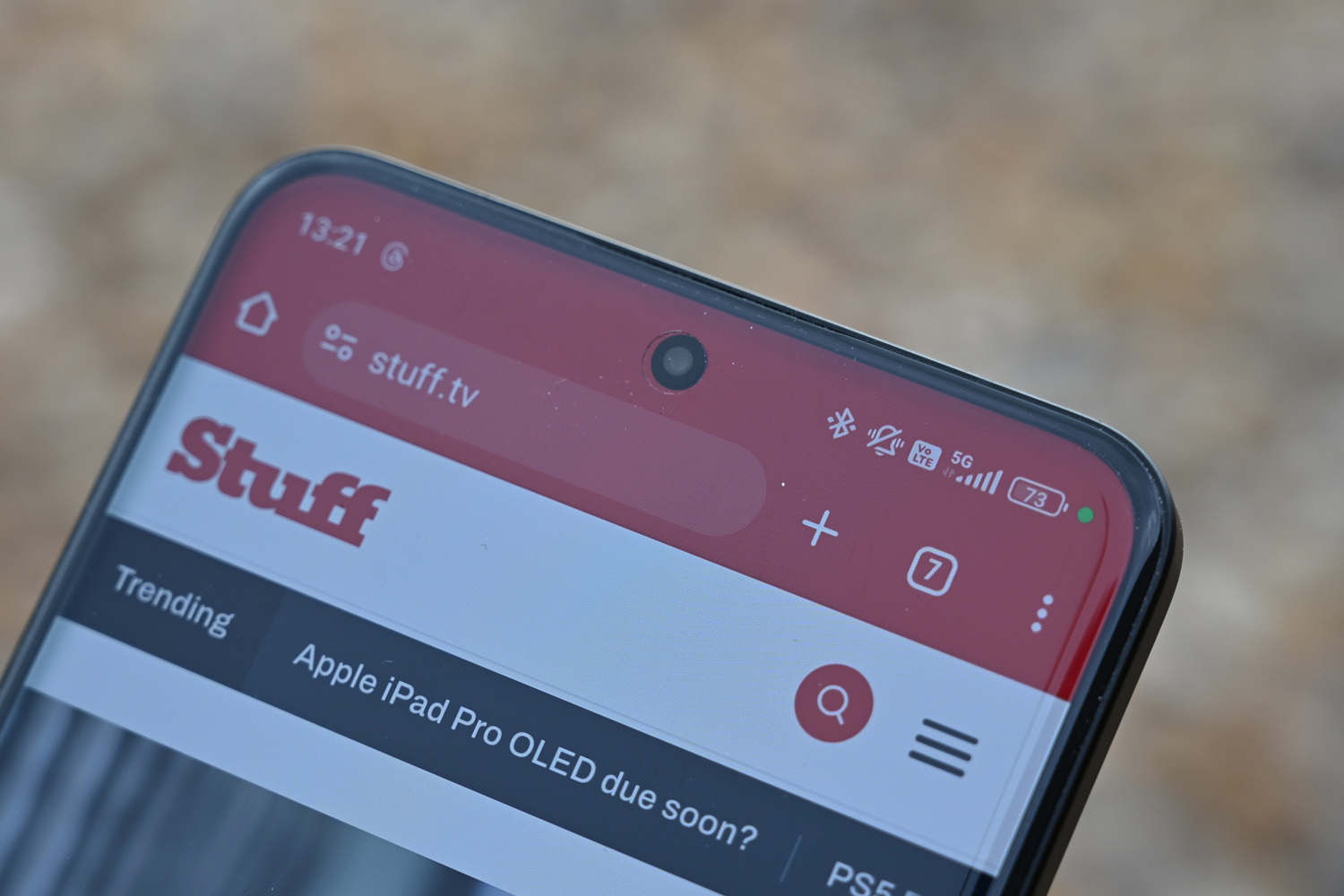
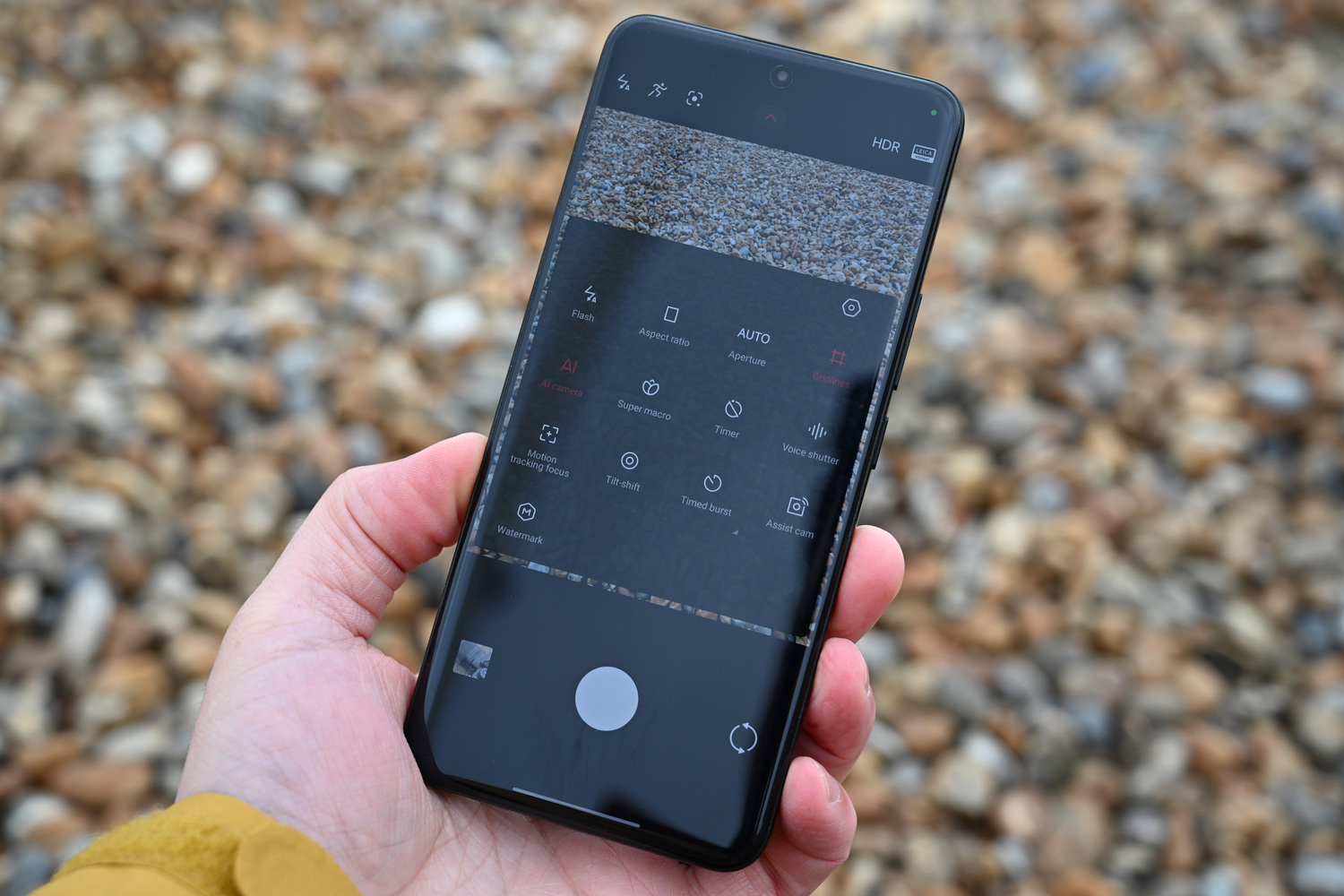
Clearly from the look of the thing, the Xiaomi 14 Ultra’s reason for being is that quad-lens camera setup. Each one has a 50MP sensor, with the lead lens using the same superb 1in LYT-900 as the Oppo Find X7 Ultra. Only here it has a stepless variable aperture, ranging between f/1.6 and f/4.0, which means beautiful bokeh when you want it – and superbly sharp shots when you don’t.
Xiaomi has stuck with the 0.5x, 1x, 3.2x and 5x zoom levels seen on the Xiaomi 13 Ultra, or 12mm, 23mm, 75mm and 120mm if you prefer 35mm equivalent focal lengths. The shorter telephoto lens gets an f/1.8 aperture, while the longer one has an f/2.5 setup; both have optical image stabilisation, and impressively close minimum focus distances.
Everything sits behind Leica-developed glass, and offers a pair of Leica-approved colour processing modes. There’s a whole lot more going on behind the scenes, including a bunch of shooting modes and 4K video recording. Suffice to say there’s something here to please every type of photographer.
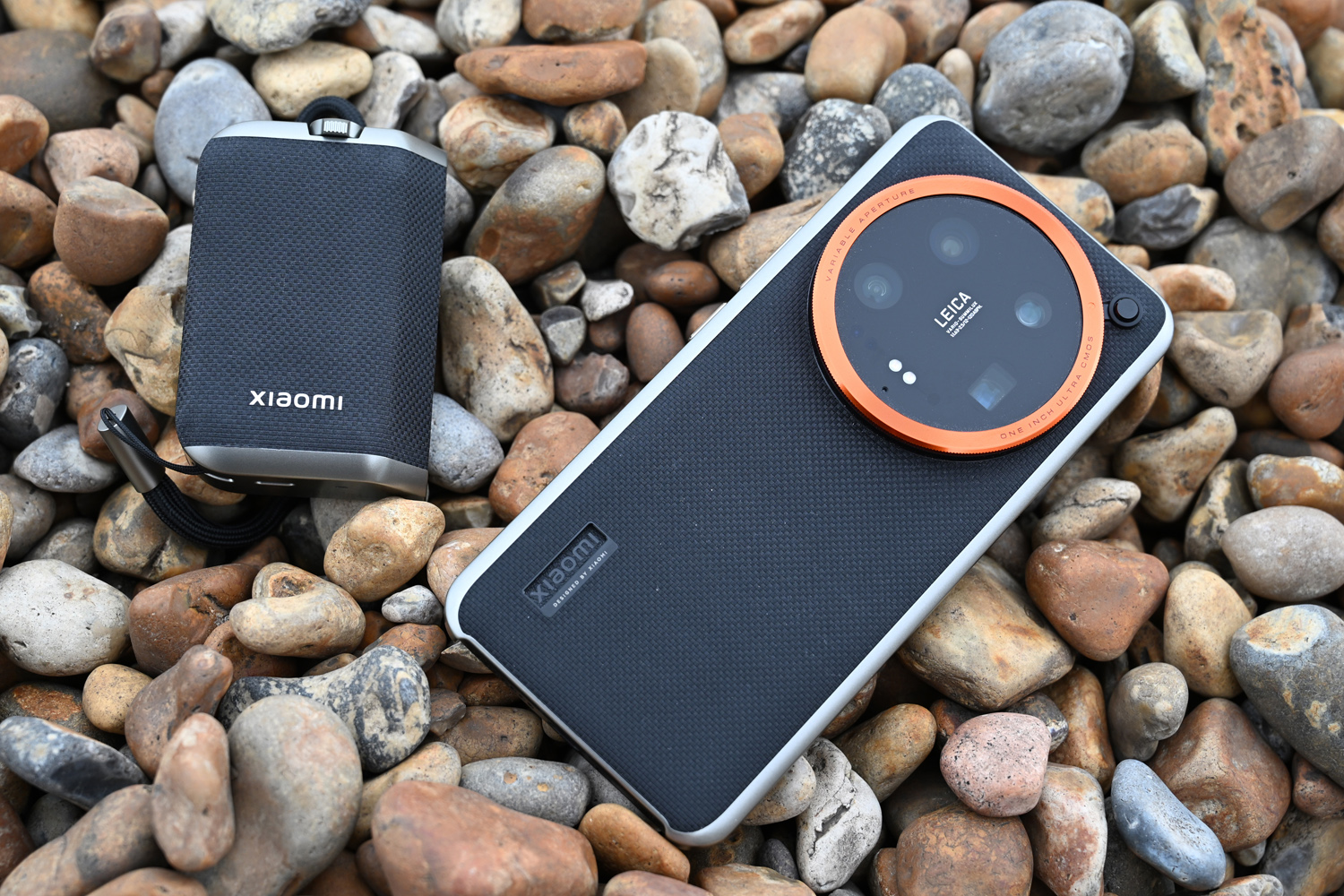
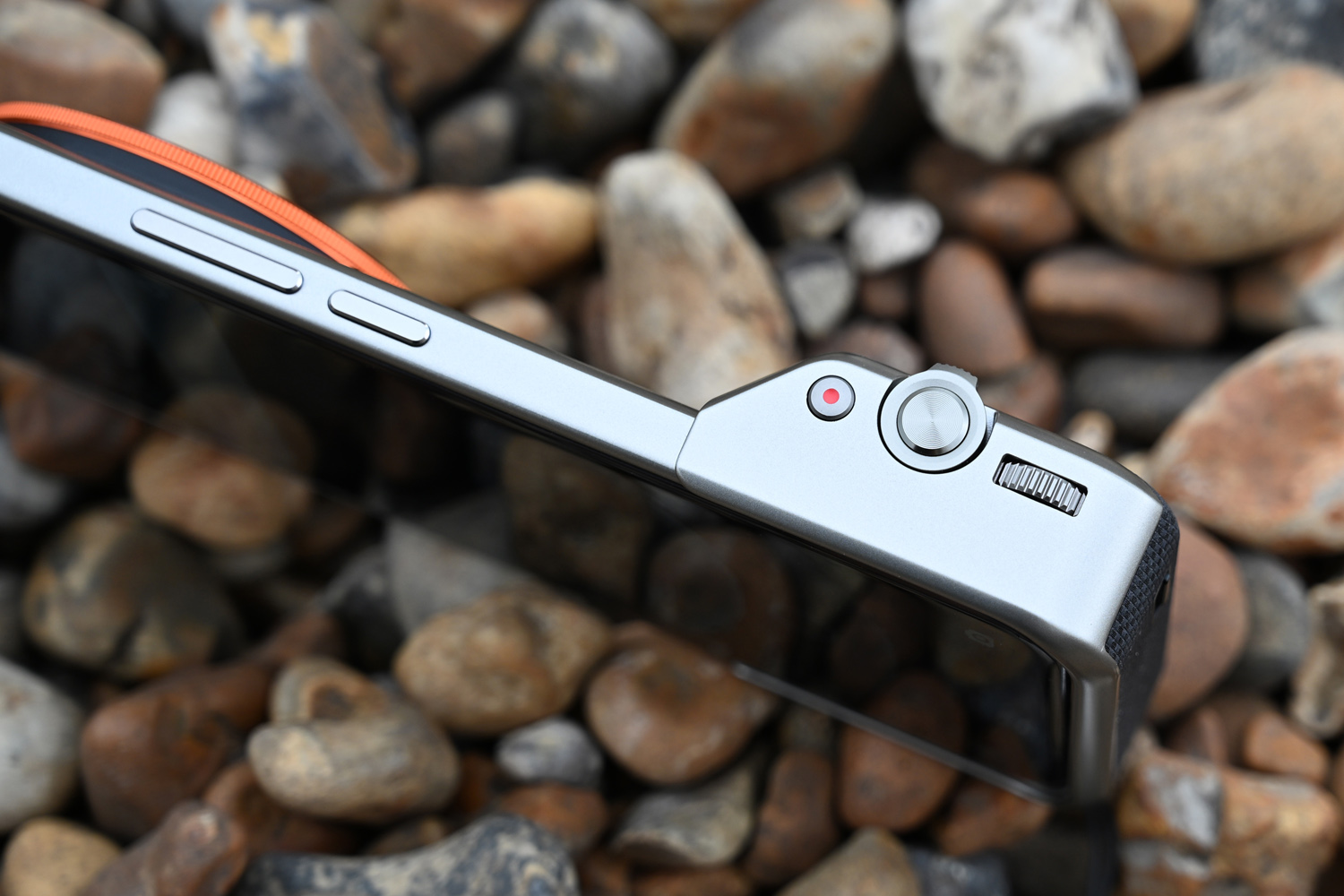
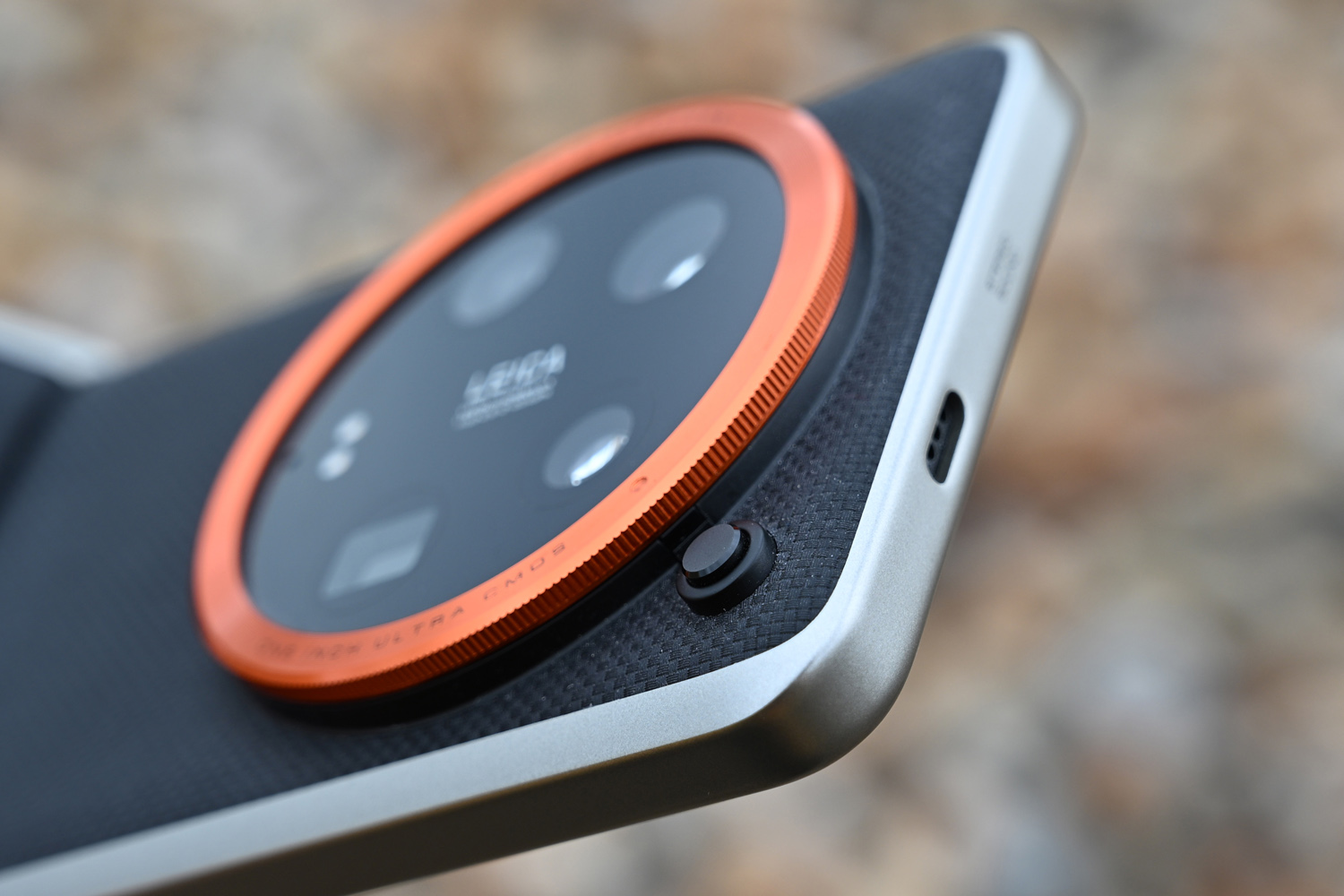
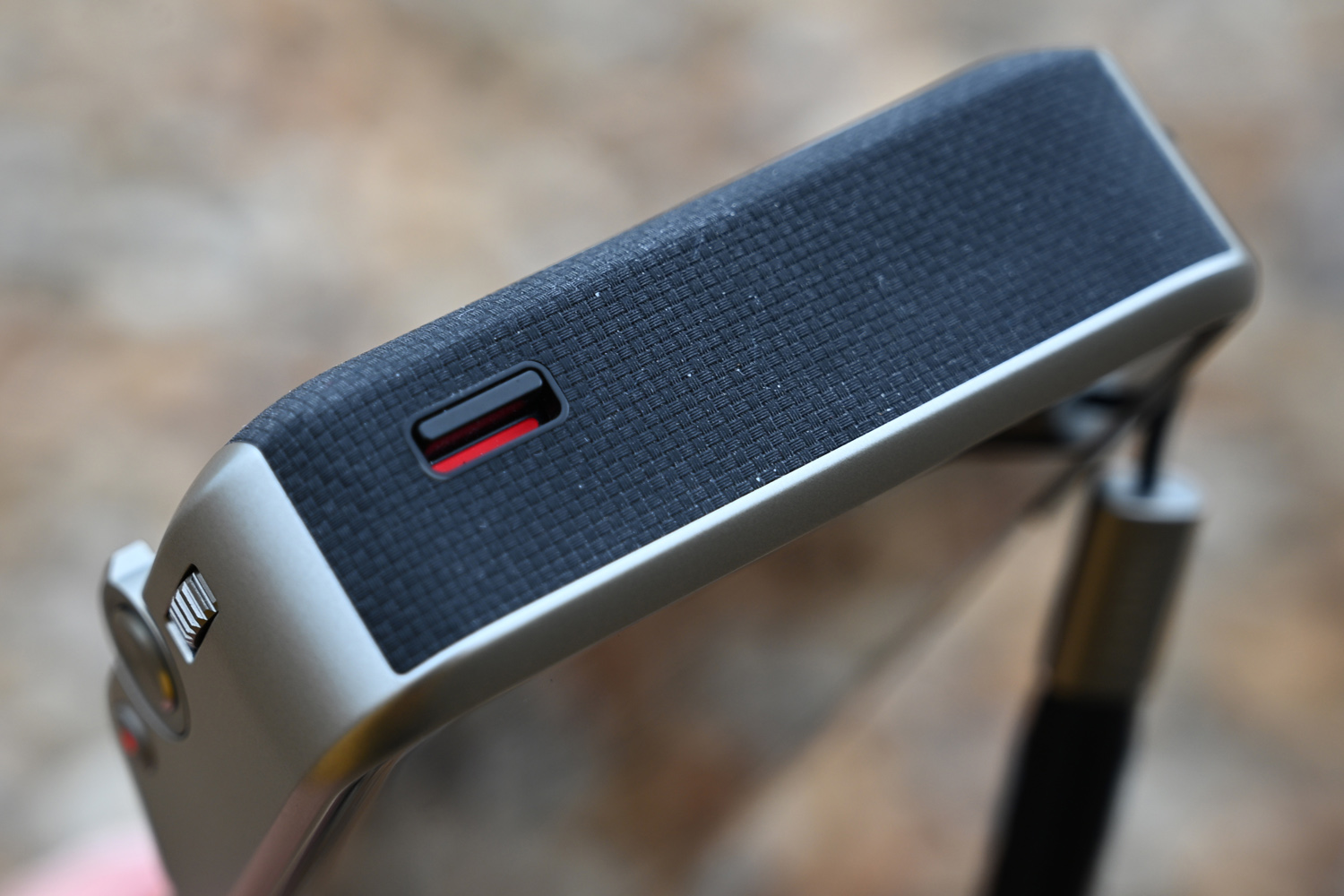
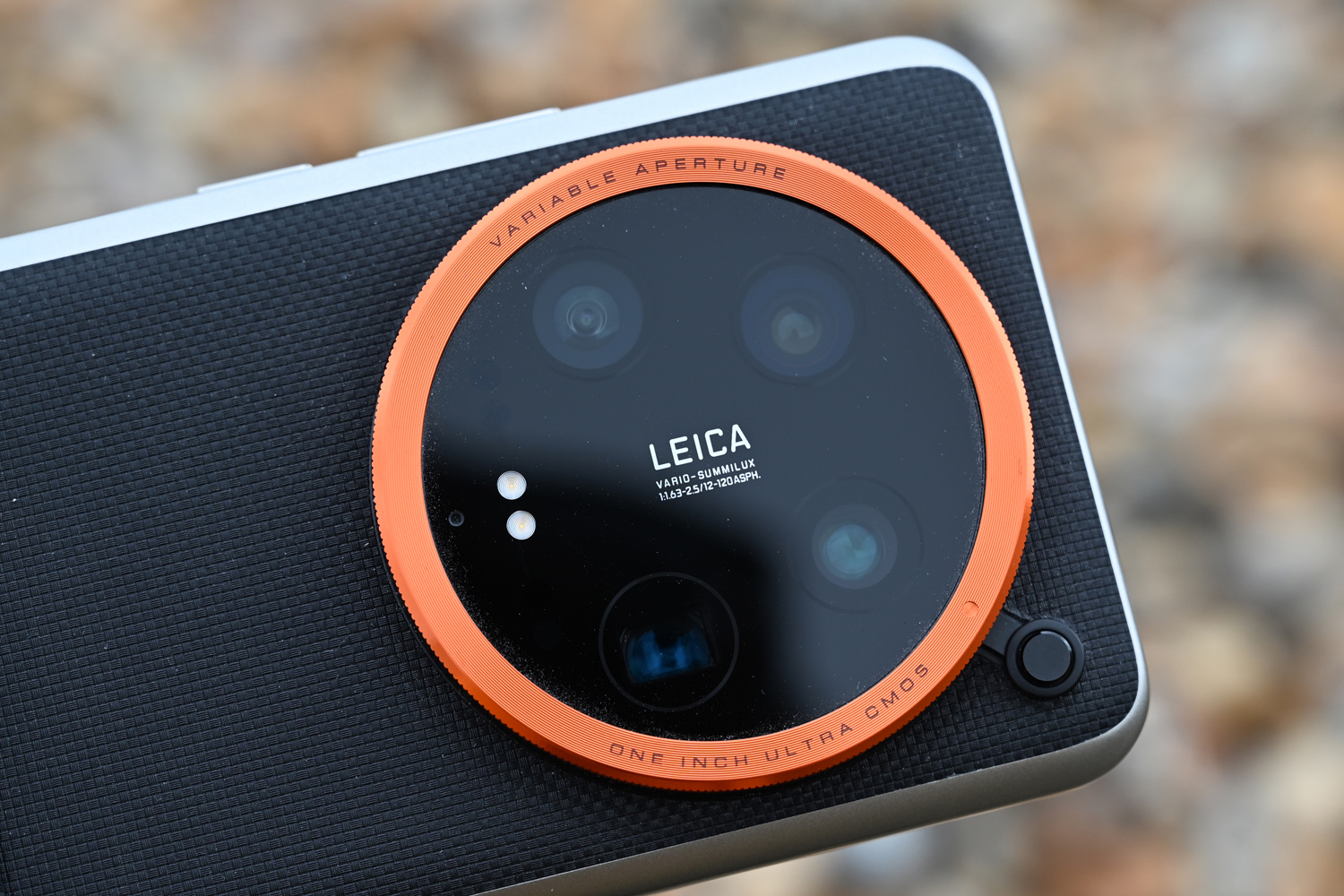
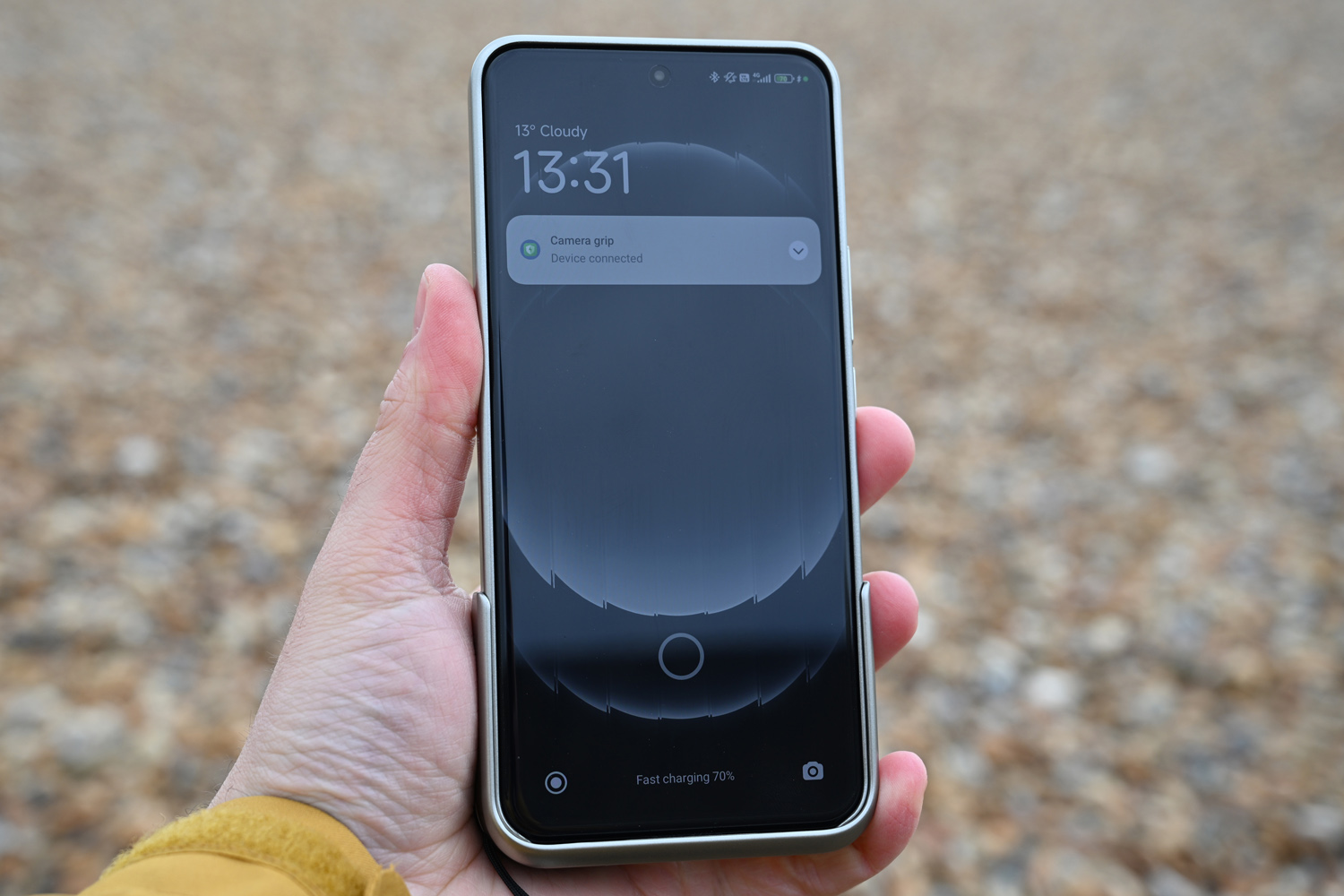
That’s very much the case for the optional Photography kit, which includes a protective case and detachable grip. Swappable rings let you add a splash of colour around the camera bump, or thread on a 67mm filter just like a DSLR camera. The grippy rear material is a perfect match for the phone, and meant I never worried about it slipping from my hand.
The grip is the highlight; it’s one part 1500mAh battery bank, one part ergonomic upgrade that adds a physical shutter button, zoom lever, customisable command dial, and separate video recording button. It plugs into the phone’s USB-C port, so latency is non-existent – a welcome change from the Xiaomi 13 Ultra’s Bluetooth-only camera grip.
I love being able to jump straight into the camera app with a long-press of the shutter button, and adjusting exposure using the command dial rather than tapping and dragging onscreen. The zoom dial can jump between lenses or zoom incrementally, if you don’t mind digital trickery filling in the gaps between focal lengths. It’s slim enough that I could still comfortably fit the phone in my pocket with the grip attached, but gives you something substantial to hold onto when shooting.
Quite simply, if you’re buying this phone because you love photography, you also need to buy this kit. It’s not cheap, admittedly, but I think it’s easily worth the price of admission.
Camera image quality: simply fantastic














Given the impressive hardware and Xiaomi’s history of effective image processing, I had very high expectations for this phone. Happily the Xiaomi 14 Ultra delivered, with outstanding clarity across the board without ever straying into oversharpening territory. Noise is non-existent during the day on the main camera, white balance is spot on, and dynamic range is rather great
I think Xiaomi’s HDR processing is perhaps a step behind the class leaders, including the stellar Vivo X100 Pro, but it varies scene by scene. The below scene also shows some disparity between the lead lens and the ultrawide; the sky appears more natural in the latter. Otherwise it puts in a strong showing, with a close focus distance, plenty of detail, and controlled corner distortion.


Which colour mode you’re using also plays a part: Leica Vibrant boosts saturation for a more pleasing picture (if not an entirely true to life one), while Leica Authentic delivers more muted hues.
I actually wish Xiaomi offered something in between – Vibrant is a little too artificial for my taste, though I’m sure Samsung phone owners will love it. Authentic, on the other hand, can go a bit too hard on deep shadows. There are other filters to play about with, and an exceptionally customisable Pro mode, if you want a bit more control. I love that you can save multiple bespoke presets, too. Few rivals have such an accomplished camera app.


The variable aperture lens gives the lead camera impressive range. It defaults to f/2.0 for most snaps, and doesn’t really benefit from climbing higher in terms of sharpness (which is already excellent). But drop to f/1.63 and the natural depth of field visible on close-up subjects puts every software-based portrait mode to shame.
They may have smaller sensors than the lead camera, but the two telephoto lenses put in an equally impressive shift. 3.2x shots are exceptionally sharp, with colours, white balance and exposure all matching the main camera. That’s also true for close-ups, which the telephoto truly excels at.


The 5x telephoto is similarly capable, while also getting you that little bit closer to your subject. There’s a nuance here you won’t find from some rival phones with similar zoom ratios. Again, colour, detail and exposure are all on point, in virtually all lighting conditions.
You can digitally zoom in further, of course – what flagship wouldn’t offer ridiculous magnification levels these days? I saw perfectly usable shots at 10x, which looked cleaner and sharper than the Galaxy S24 Ultra’s.


With such a large sensor, the Xiaomi 14 Ultra can take impressively clean and crisp shots in exceptionally dark scenes. Detail is top notch, colours are true to life, and noise is well controlled. Shadows are boosted to slightly unnatural levels, but no more so than rival phones who take a similar approach to low-light snaps.
The 3.2x telephoto holds up very well compared to the lead lens, but the 5x snapper sees a bit of softness creep in and can’t deliver quite as much dynamic range. That said, it’s still up there with the best flagship phones for night time performance.




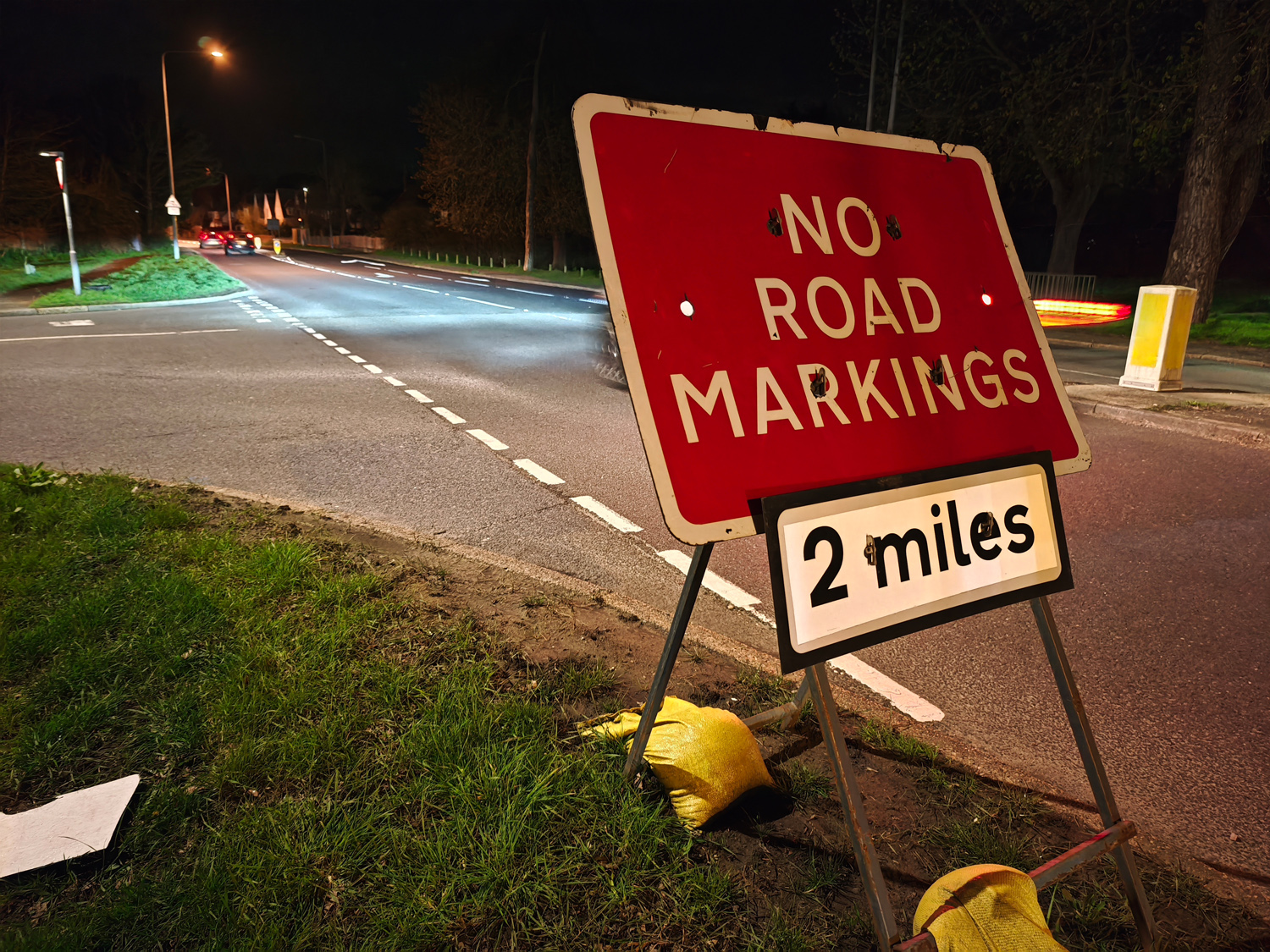

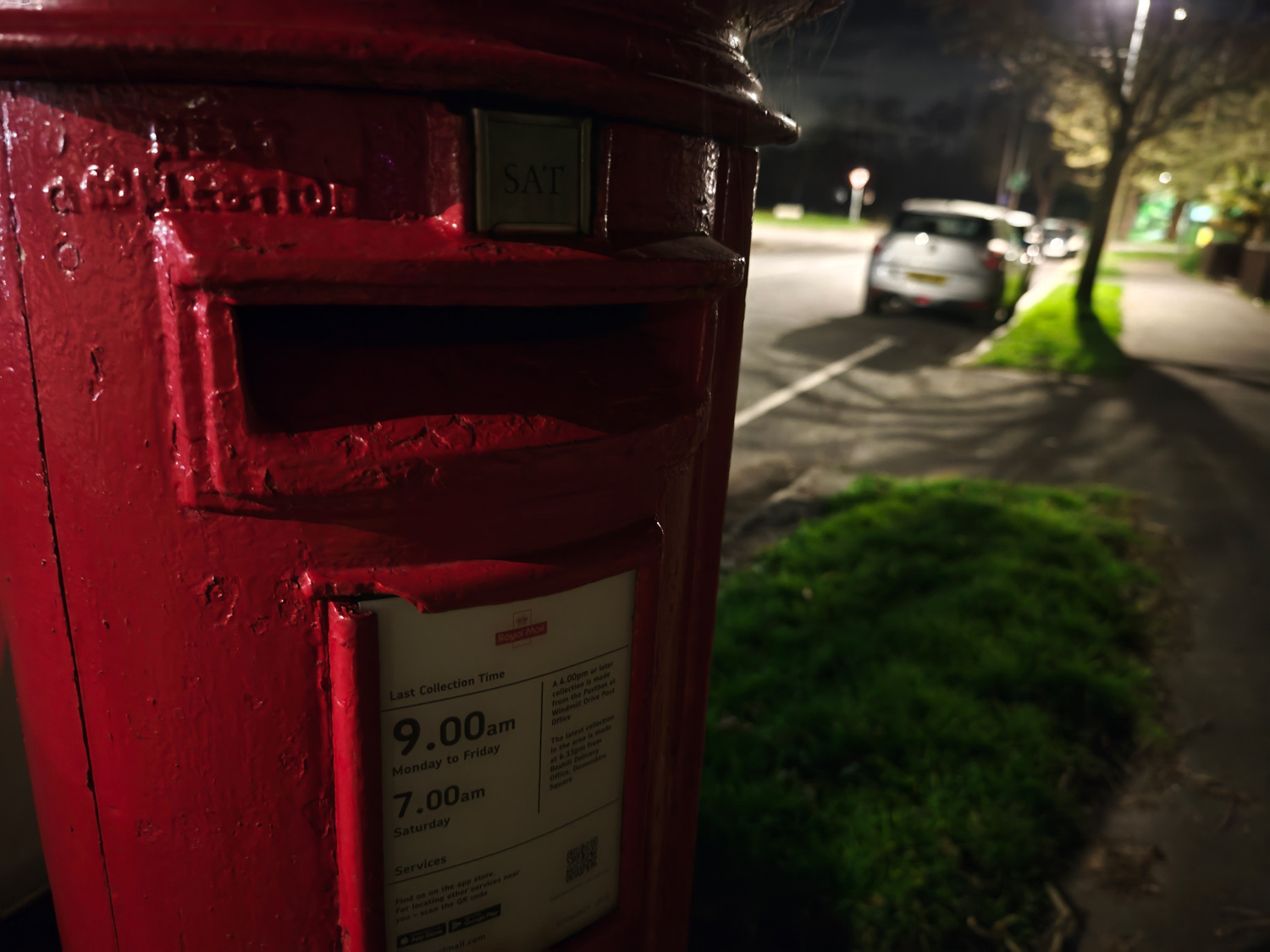
Being able to record 4K video at 60fps across all of the Xiaomi 14 Ultra’s cameras – including the selfie cam – is very welcome, although you’re limited to the main snapper if you want to create Dolby Vision clips. Video quality is easily a match for the phone’s superb stills, across all lighting conditions.
Software experience: and here comes the AI
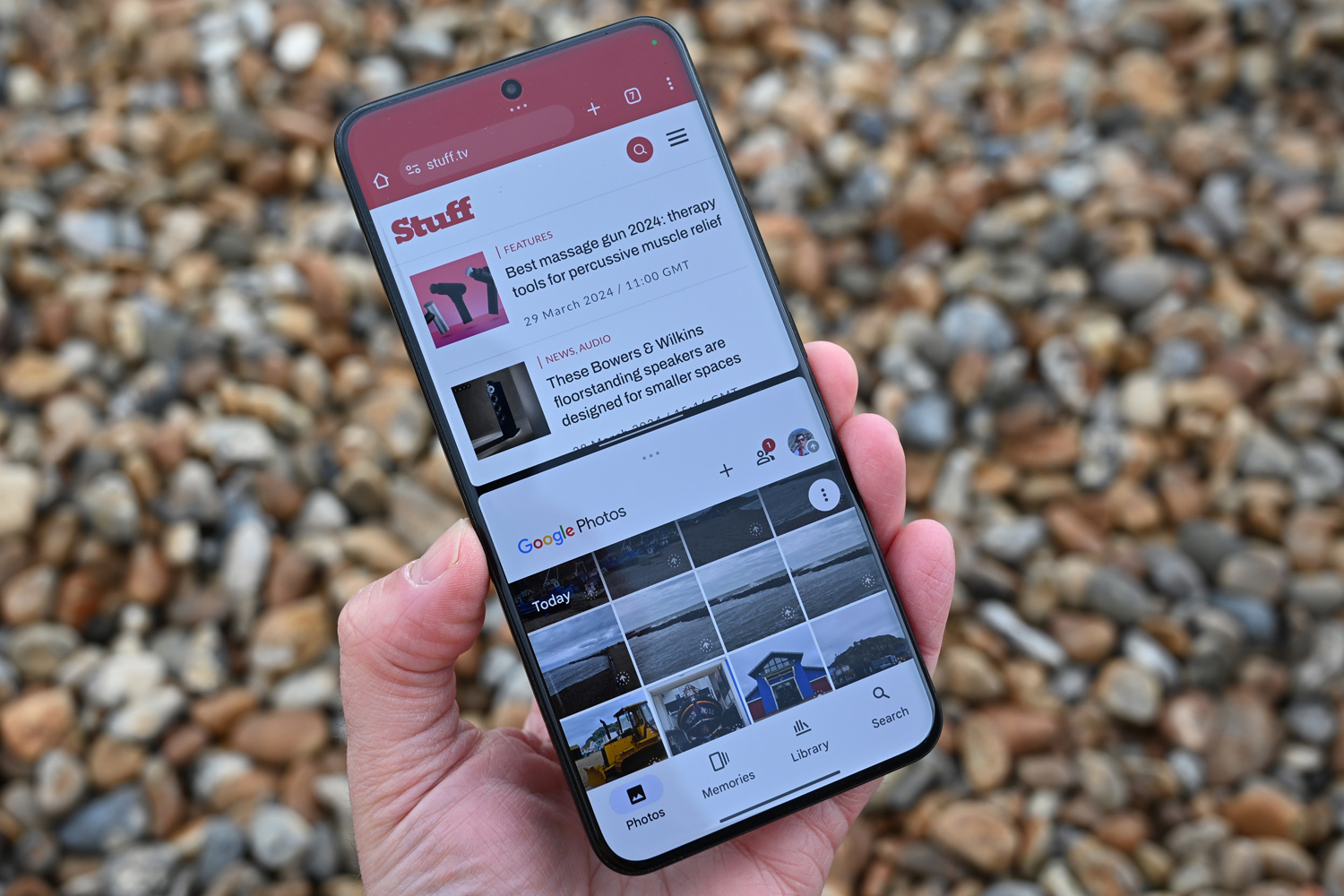
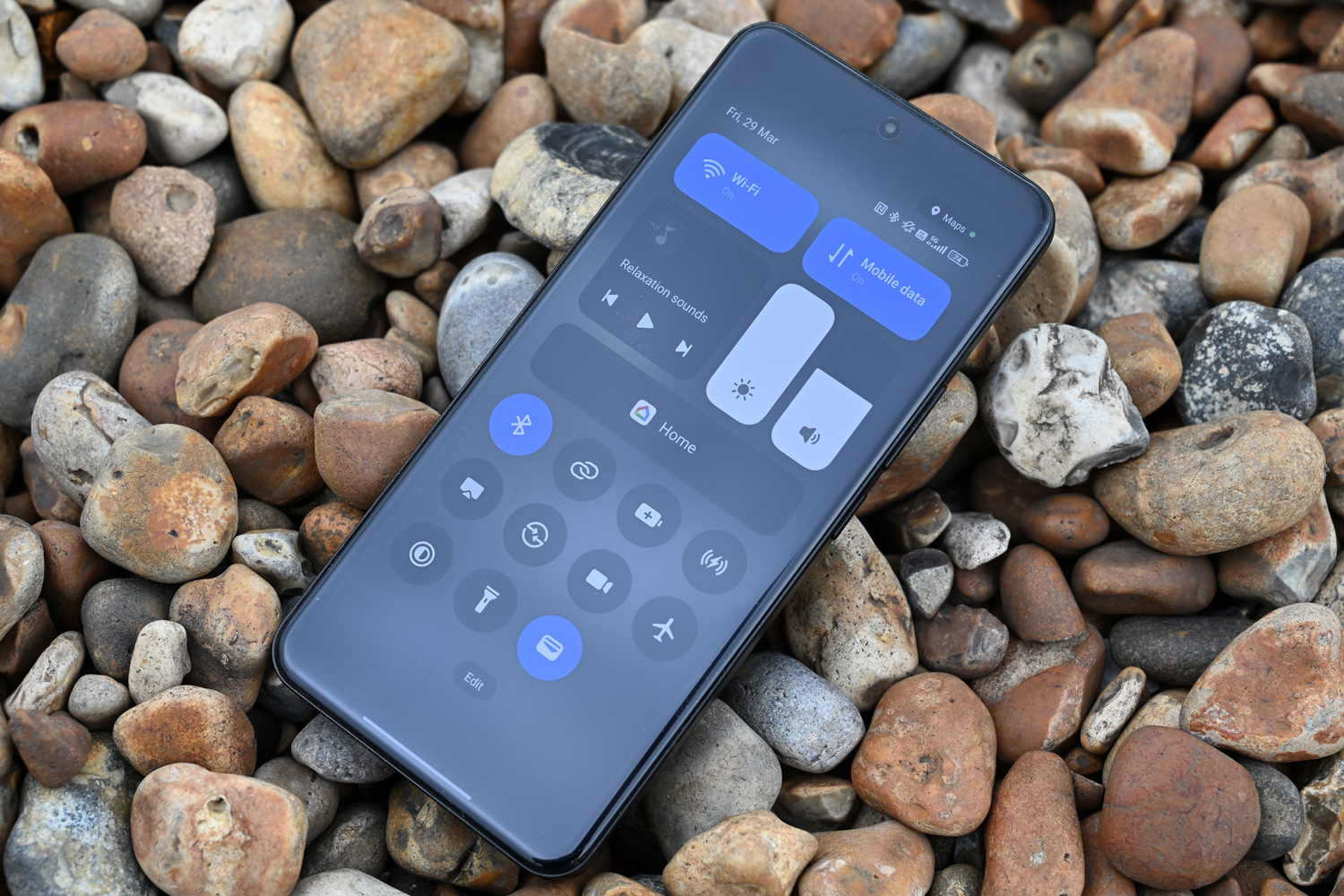
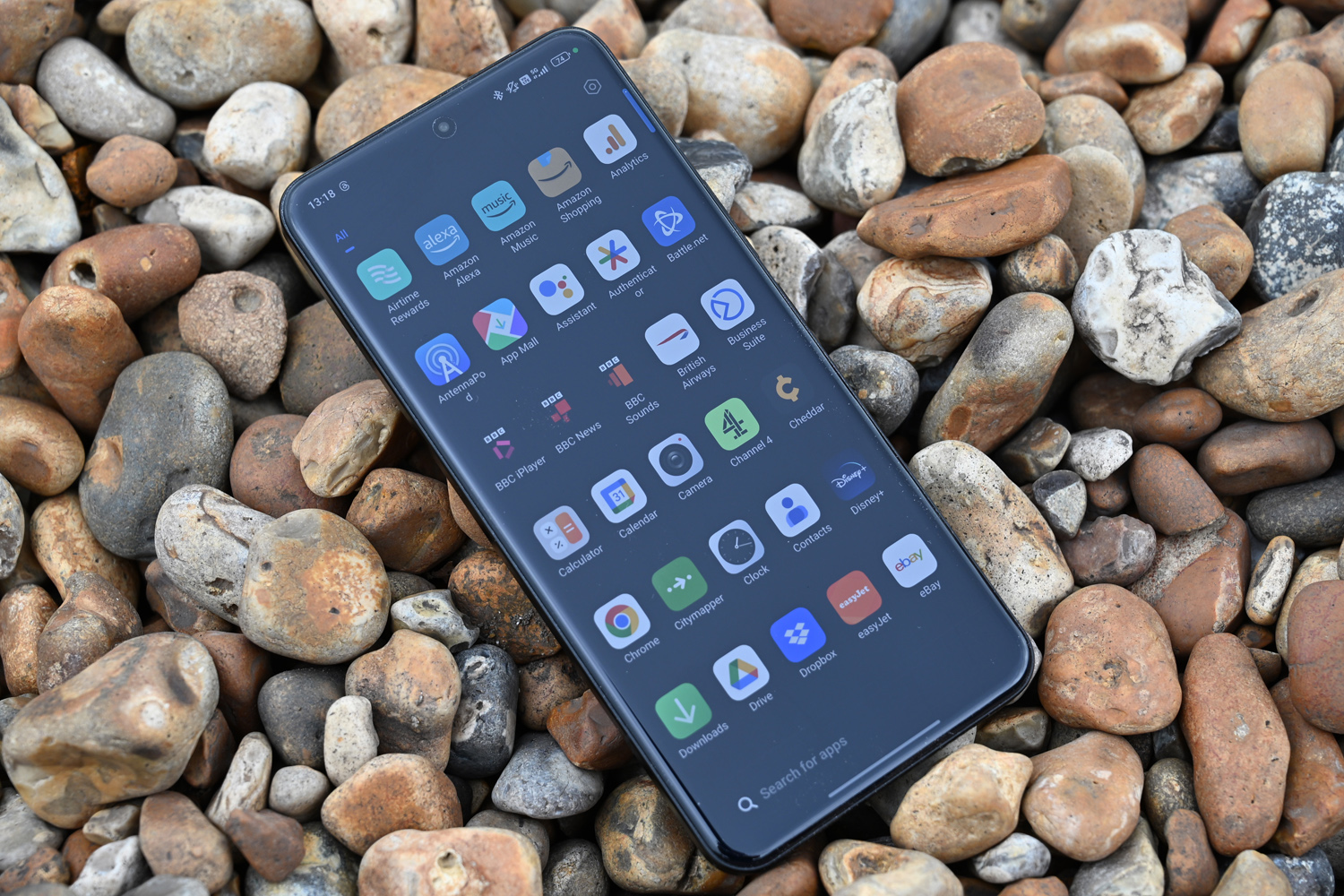
The 14 Ultra is among the first phones to run Xiaomi’s new HyperOS. It’s a more radical Android skin than most, with a focus on cross-device connectivity – if you also have a Xiaomi tablet, anyway. I think there’s a lot of MIUI in there, with many of the same apps and similar menus, just with a slightly tweaked visual style.
That means plenty of iOS influences, including the split notification tray (swipe down from the left for notifications, down from the right for quick settings shortcuts). Split-view multitasking is easier to launch now, and there’s a generous amount of customisation on offer. I wish changing homescreen wallpapers wasn’t tied to Xiaomi’s Themes app, though; it’s too keen to sell you icon packs instead. The heap of own-brand apps also includes an app store of questionable value on a handset destined for the global market, where the Google Play store is installed right out of the box.
There will eventually be a bunch of AI abilities thrown in, but they weren’t available during my testing. Some sound useful for accessibility, like live subtitles for video calls; others are aimed at creatives, with generational image editing split between on-device and in-the-cloud processing. I think Samsung and Google still have the lead here, but it’ll be interesting to see how effective Xiaomi’s AI Portrait feature will be when it arrives.
I’m in two minds about Xiaomi’s promise of four years of Android updates and five years of security patches. This is less than what Google or Samsung have committed to for their flagships, sure – but neither company has actually delivered on their promise as yet. As long as Xiaomi delivers each new generation in good time, it bodes well for the longer term.
Performance & battery life: as good as it gets
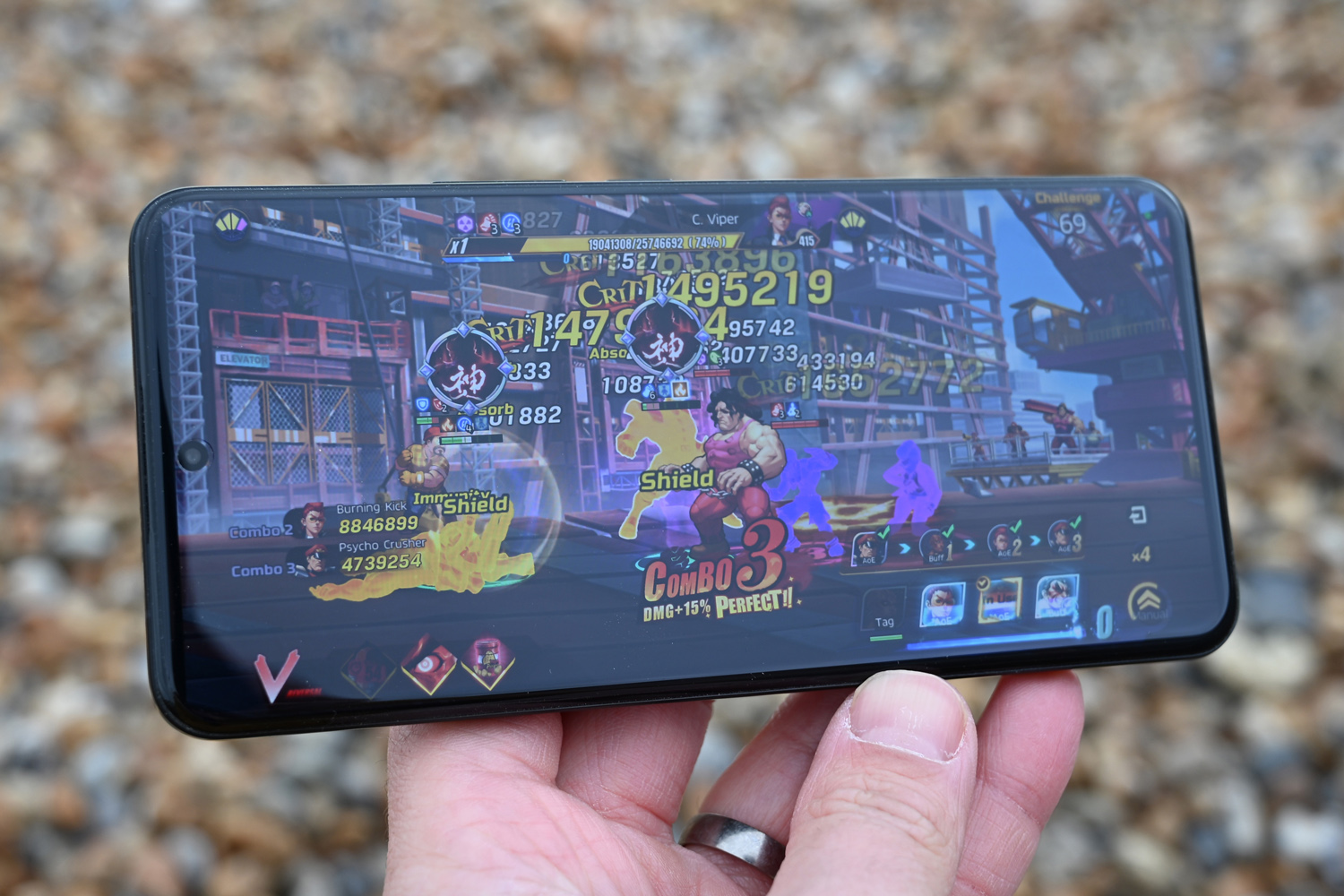
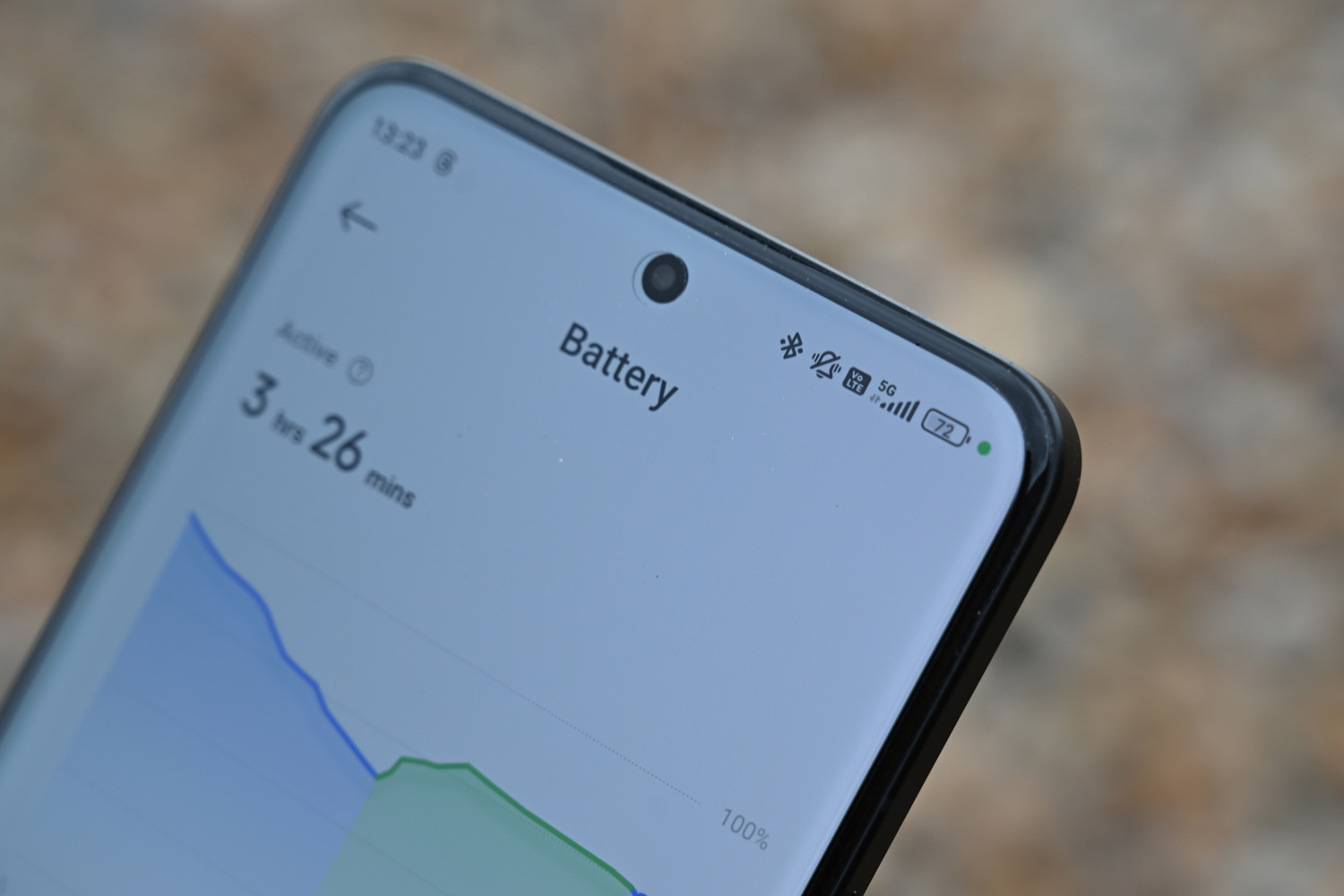
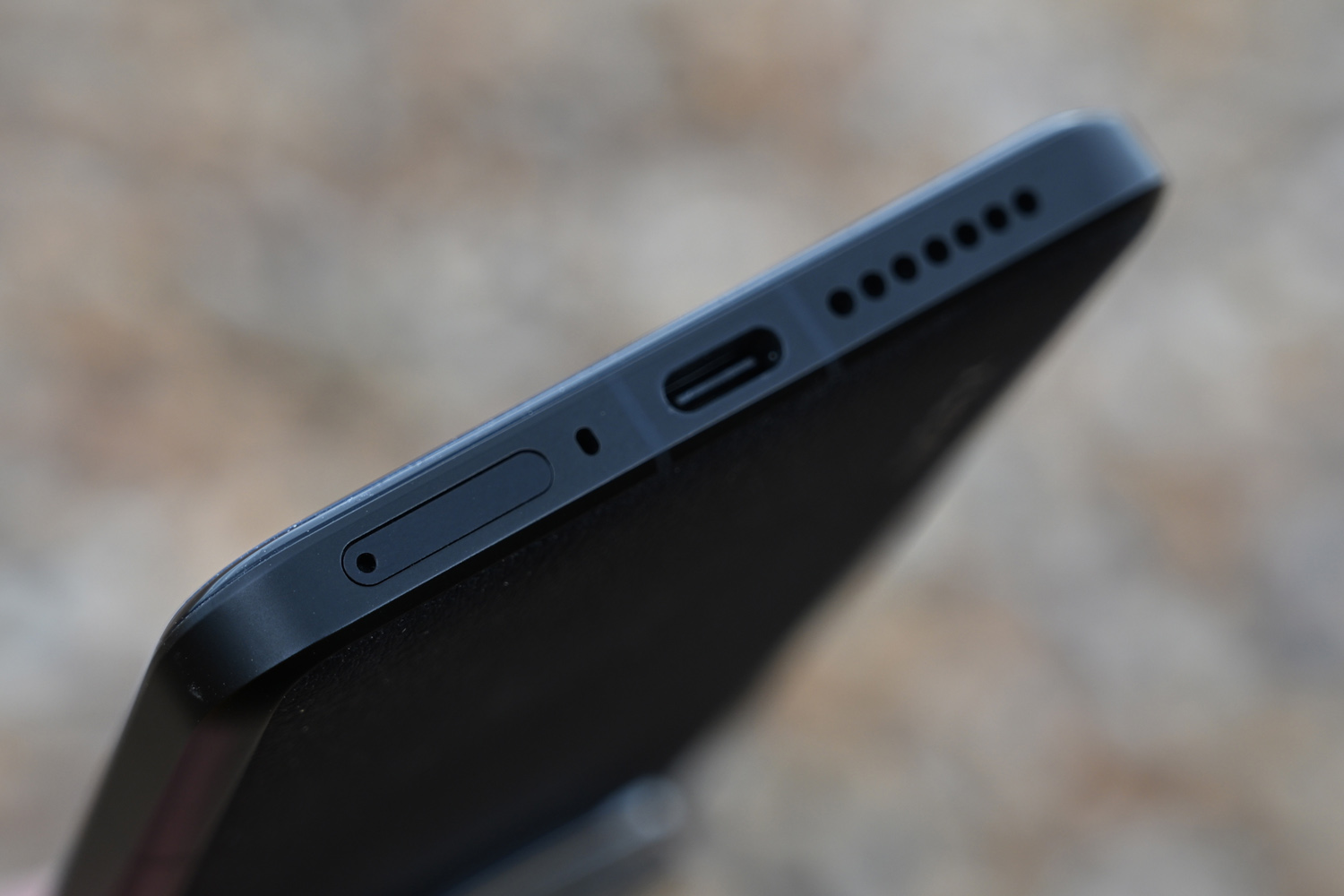
Xiaomi has doubled down on performance for the 14 Ultra, courtesy of a Snapdragon 8 Gen 3 CPU and 16GB of RAM, paired with 512GB of fast flash storage. It benefits from a beefier cooling system than the vanilla Xiaomi 14, which ensured consistent performance even when I was deep down a Genshin Impact hole.
That’s partly down to the more efficient CPU, but also the large vapour chamber cooler Xiaomi has fitted. It can handle 60fps gaming for extended periods without any temperature woes, which bodes well for hardcore gamers. This phone doesn’t feel the heat when filming or editing 4K video, either. Benchmark scores put it up there with the very best Android phones, including the Galaxy S24 Ultra and its tweaked Snapdragon CPU.
The 14 Ultra also felt perfectly speedy on the Android home screen, loading apps almost instantly and showing no signs of stuttering when split-screen multitasking. That’s exactly the sort of performance I’d expect from a flagship phone.
There’s only one storage capacity due in Western markets: 512GB is plenty of space for most, even if you’re regularly recording vids for YouTube or constantly tapping that camera shutter button.
Battery life is the only area the Xiaomi 14 Ultra didn’t blow me away. I chalk that up to the 5000mAh cell; this used to be as good as it got in flagship phone world, but it has now been eclipsed by the OnePlus 12 (5400mAh) and Honor Magic 6 Pro (5600mAh). I could still squeeze a day of use between charges, as long as I kept my gaming in check and didn’t shoot loads of 4K video. A Galaxy S24 Ultra can manage an extra hour or so with the same capacity battery. It’s a shame the China-only variant’s larger 5300mAh cell didn’t make the cut for the global model – it probably would’ve tipped things in the Xiaomi’s favour.
Charging speeds are suitably rapid, at least, topping out at 90W over USB-C, and an arguably even more impressive 80W wirelessly on a compatible Qi pad. I never had to wait more than half an hour for a complete top-up, which puts the Xiaomi 14 Ultra leagues ahead of both the Pixel 8 Pro and Galaxy S24 Ultra. Reverse wireless charging is a welcome addition, though I’m still a little disappointed Qi2 magnetic charging hasn’t made the cut here.
Xiaomi 14 Ultra verdict
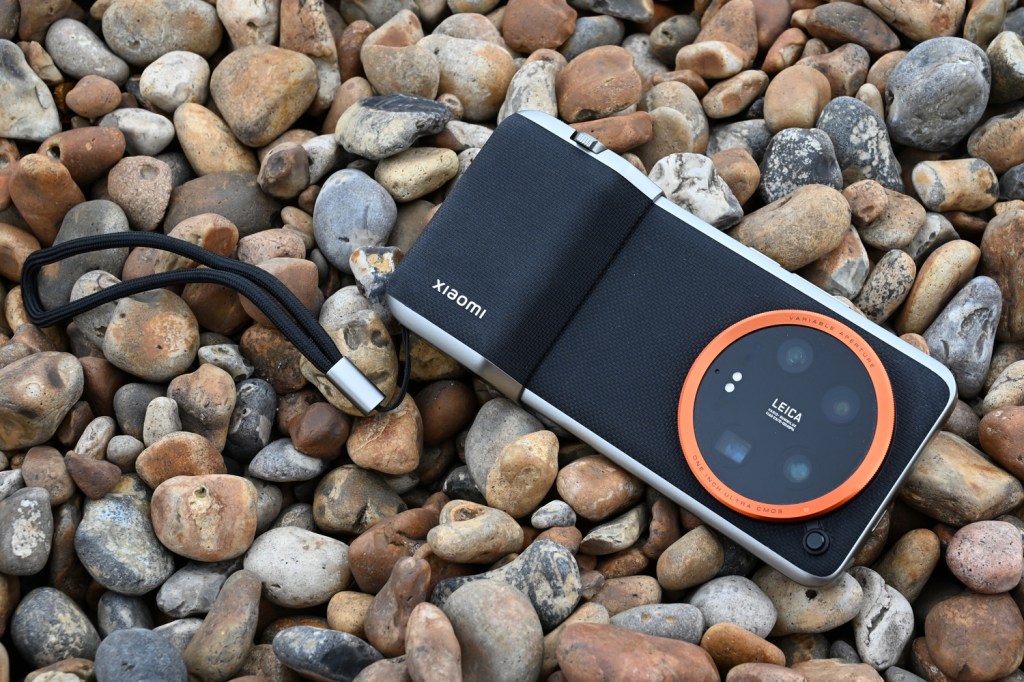
A superb combination of top-shelf camera hardware, nuanced image processing, and a photographer-friendly accessory kit puts the Xiaomi 14 Ultra in a class of one. Samsung, Apple and Google still eke out wins in some shooting scenarios, but none are as focused or versatile as this. If you’re serious about snapping with your smartphone, you’ll love what it has to offer.
Of course this is a fantastic phone everywhere else: the display is a treat for the eyes, the chipset is uncompromisingly speedy, and battery life is very respectable. But then you’d expect as much from a device costing four figures. Anyone who rarely uses their phone for photography will find all of that elsewhere, and for a lot less cash.
If you think in focal lengths and ISO values, though? This should absolutely be your next phone.
Stuff Says…
Camera hardware that sets a new bar for phone photography, and a stunning handset in virtually every other aspect.
Pros
Brilliantly capable quad camera setup
Outstanding performance
Photography kit is a must-buy for keen snappers
Cons
It’s a mighty pricey handset
Other flagships have slightly better battery life
Xiaomi 14 Ultra technical specifications
| Screen | 6.73in, 3200×1440 AMOLED w/ 1-120Hz LTPO, 3000 nits |
| CPU | Qualcomm Snapdragon 8 Gen 3 |
| Memory | 16GB RAM |
| Cameras | 50MP, 23mm, f/1.6-f/4.0 main w/ OIS + 50MP, 12mm, f/1.8 ultrawide w/ macro focus + 50MP, 75mm, f/1.8 telephoto w/ 3x optical zoom, OIS + 50MP, 120mm, f/2.5 telephoto w/ 5x optical zoom, OIS 32MP, f/2.0 front |
| Storage | 512GB on-board |
| Operating system | Android 14 w/ HyperOS |
| Battery | 5000mAh w/ 90W wired, 80W wireless charging |
| Dimensions | 161x75x9.2mm, 229.5g |

